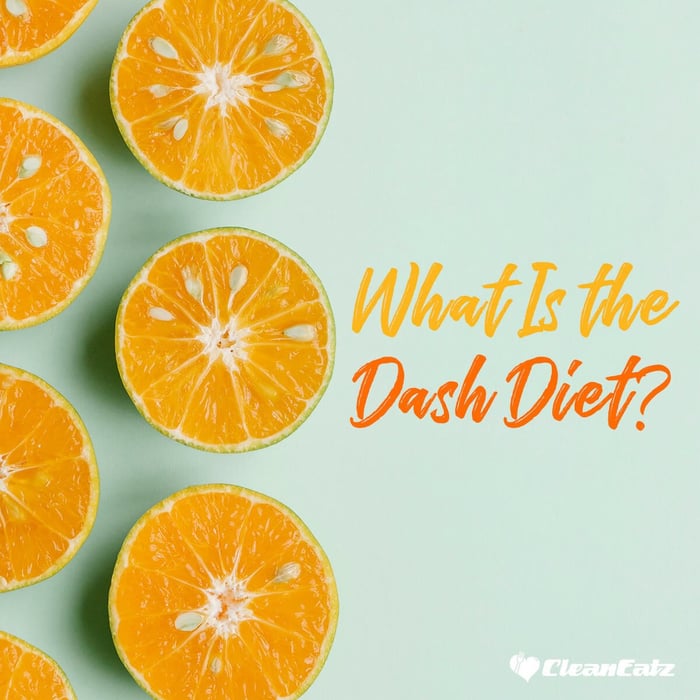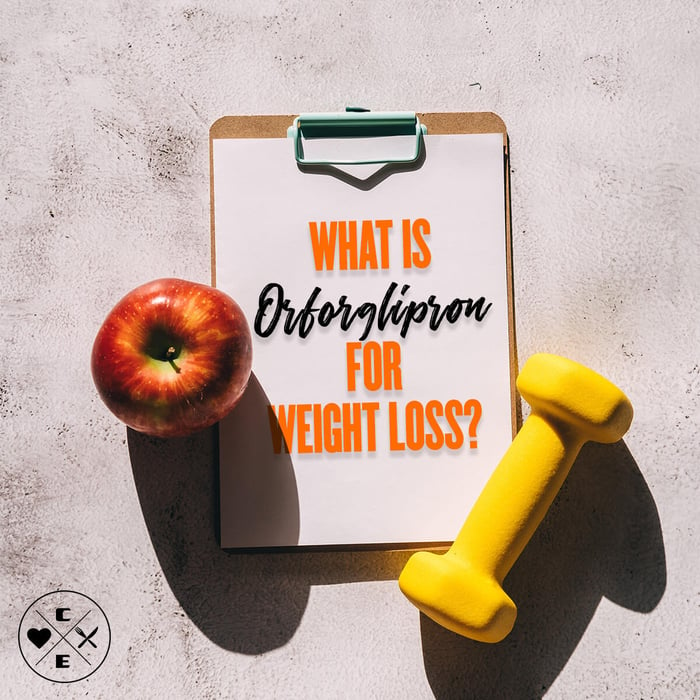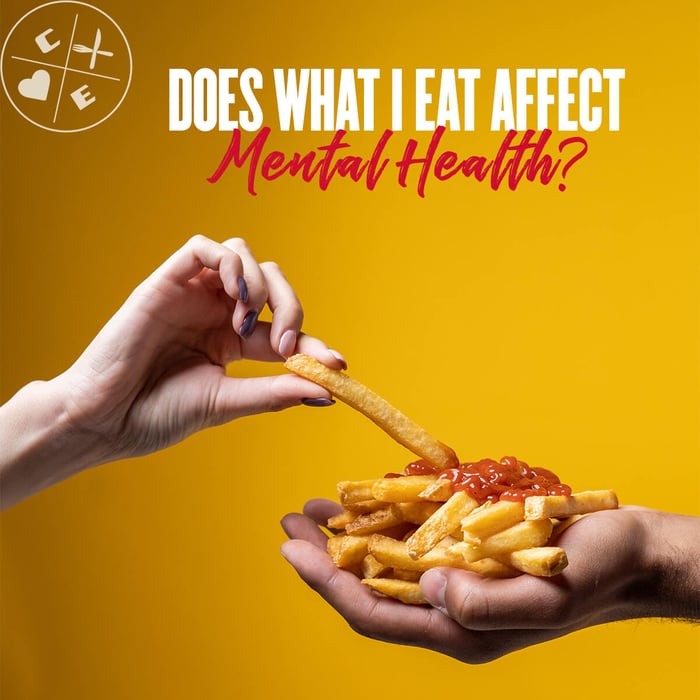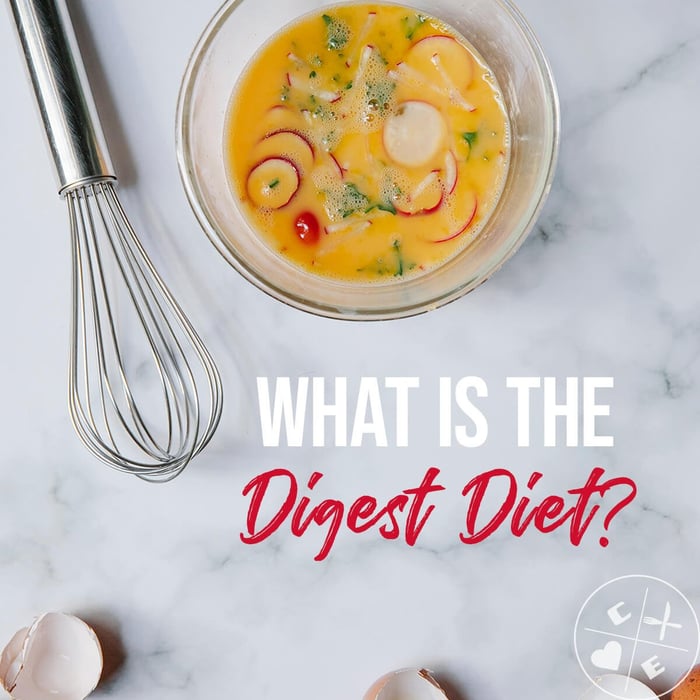What Is the DASH Diet? (How It Lowers Blood Pressure)

Jason Nista
Nutrition
|
Weight Loss
09/26/2025 12:43pm
5 minute read
What is the DASH diet?
DASH is an NIH-backed eating plan from the National Heart, Lung, and Blood Institute (NHLBI) that prioritizes minimally processed foods: vegetables, fruits, whole grains, legumes, nuts/seeds, lean proteins (fish/poultry), and low-fat dairy. It limits sodium, added sugars/sweets, and high-saturated-fat foods. The same pattern is appropriate whether you want to prevent or manage high blood pressure; many people will also see improvements in LDL (“bad”) cholesterol.
Why it works (the core nutrients)
DASH foods are naturally rich in potassium, magnesium, and calcium—nutrients that help regulate blood pressure—and high in fiber, while keeping saturated fat lower than a typical Western diet. Pairing this pattern with lower sodium amplifies benefits.
Daily servings & sodium targets
Use these typical 2,000-calorie targets from NIH-NHLBI. Adjust portions up or down for your calorie needs.
| Food group | Daily/weekly goal | Examples |
|---|---|---|
| Vegetables | 4–5 servings/day | Leafy greens, broccoli, carrots, tomatoes |
| Fruits | 4–5 servings/day | Berries, citrus, melons, apples |
| Grains (mostly whole) | 6–8 servings/day | Oats, brown rice, whole-wheat bread |
| Low-fat/fat-free dairy | 2–3 servings/day | Low-fat yogurt, milk, kefir |
| Lean meats, poultry, fish | ≤6 oz/day | Skinless poultry, fish, lean cuts |
| Nuts, seeds, legumes | 4–5 servings/week | Beans, lentils, almonds, peanuts |
| Fats & oils | 2–3 servings/day | Olive/canola oil, light dressings |
| Sweets/added sugars | ≤5 servings/week | Small portions; choose low-fat options |
Sodium: Choose a level that fits your health needs—standard 2,300 mg/day or lower 1,500 mg/day for extra BP reduction. Ask your clinician which target is right for you.
What the evidence shows
- Blood pressure: The original DASH feeding trial and a follow-up sodium trial showed clinically meaningful BP drops, with greater effects when DASH is combined with lower sodium. Multiple meta-analyses confirm significant average reductions in both systolic and diastolic BP.
- Cholesterol: Systematic reviews indicate modest reductions in total and LDL cholesterol on DASH-style patterns.
- Cardiovascular outcomes: Evidence is strong for risk factor improvement; evidence for hard outcomes (heart attacks, strokes) is still evolving.
How to get started (easy swaps)
- Make half your plate produce (fresh, frozen, or no-salt-added canned).
- Swap refined grains for whole (oats, brown rice, whole-wheat pasta).
- Pick low-fat dairy most of the time; try yogurt or kefir if you prefer.
- Choose lean proteins (fish, poultry, beans/lentils) most meals.
- Check labels for sodium; aim for ≤140 mg per serving when possible. Avoid salt substitutes with potassium if you have kidney issues (see FAQ).
- Plan your week: Here’s a 7-day DASH sample menu from NIH.
Support from Clean Eatz Kitchen
Hitting DASH goals is easier when meals are planned. Our calorie-controlled, high-produce meal plans help keep sodium reasonable and fiber high. Fill gaps with protein-forward snacks, and check exact macros on our Nutrition Info page.
FAQs
Is DASH for weight loss?
DASH wasn’t designed as a weight-loss diet, but many people lose weight when they combine it with a calorie deficit and regular activity. Its high-fiber, lower-sodium approach aids satiety and helps you cook/eat more whole foods.
How low should I go on sodium?
Most adults will benefit from lowering sodium toward 2,300 mg/day; many with hypertension see additional reductions targeting ~1,500 mg/day. Your ideal target depends on health status and clinician guidance.
Can I do DASH if I’m vegetarian or dairy-free?
Yes. DASH is flexible: lean proteins can be plant-based (tofu, tempeh, beans/lentils), and dairy can be replaced with fortified alternatives—just watch for added sugars/sodium.
What if I have chronic kidney disease (CKD)?
DASH-style eating can still be helpful, but some DASH foods are high in potassium. If you have moderate-to-advanced CKD or a history of hyperkalemia, talk to your clinician/dietitian before using salt substitutes or significantly increasing high-potassium foods. They can tailor a lower-potassium version for you.
How is DASH different from Mediterranean?
Both are plant-forward. DASH more explicitly emphasizes low-fat dairy and specific sodium targets; Mediterranean features more olive oil, fish, and nuts. Either is heart-healthy when built around minimally processed foods.
References
- NHLBI — Following the DASH Eating Plan (servings by calorie level & sodium tiers)
- NHLBI — DASH Eating Plan overview
- NEJM 1997 — Original DASH feeding trial (Appel et al.)
- NEJM 2001 — DASH-Sodium trial (Sacks et al.)
- Meta-analysis — DASH lowers SBP/DBP (Saneei et al., 2014)
- Meta-analysis — DASH lowers BP (Filippou et al., 2020)
- Meta-analysis — DASH and lipids (Lari et al., 2021)
- AHA — Sodium limits (goal 1,500 mg/day; cap 2,300 mg/day)
- MedlinePlus — DASH overview
- National Kidney Foundation — Hyperkalemia (potassium caution in CKD)
Educational content only; not medical advice.
Related Articles
Does What I Eat Affect Mental Health?
5 minute read



